Makeup, a form of self-__EXPRESSION__ and enhancement, has a history that spans thousands of years and traverses countless cultures. From ancient Egypt to the vibrant streets of today's metropolises, the art of makeup has evolved and shaped beauty standards, social norms, and personal identities. In this article, we embark on a journey through time to uncover the captivating origins of makeup, exploring its cultural significance, transformations, and the modern cosmetic landscape.
1. Ancient Egypt: The Cradle of Cosmetics
Our journey through the history of makeup begins in ancient Egypt, where makeup was not just a cosmetic but a way of life. Dating back to 4000 BCE, the Egyptians are credited with being the pioneers of makeup use. They believed that cosmetics had protective and spiritual properties, and both men and women adorned themselves with kohl, a black substance, to outline their eyes. The mesmerizing eye makeup, with its distinctive cat-eye shape, is an enduring legacy of this era.

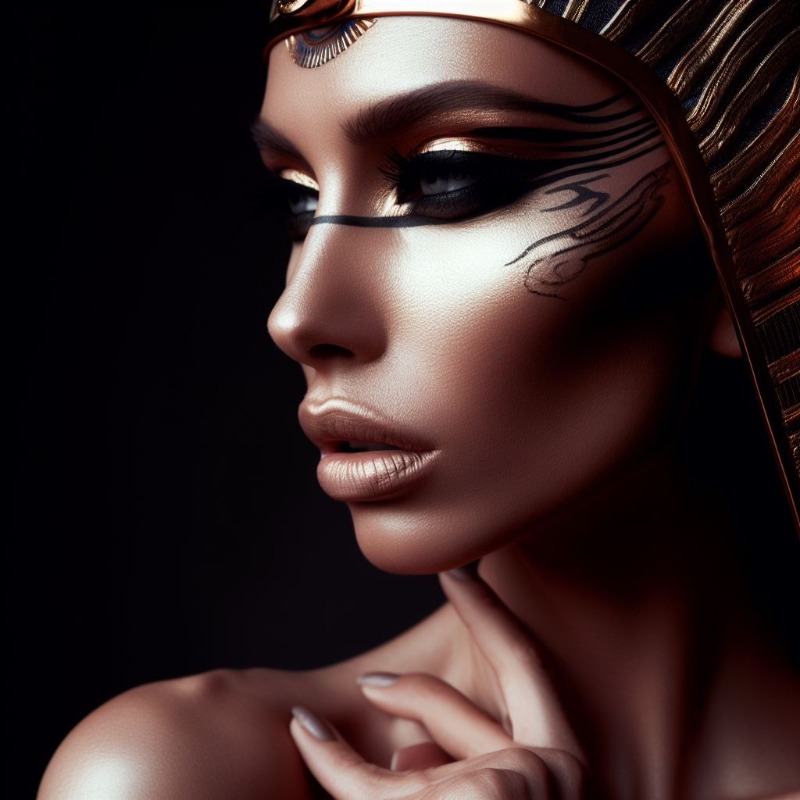
2. Mesopotamia: The Birthplace of Beauty
Moving east to Mesopotamia, the cradle of civilization, we discover another facet of makeup history. Sumerians and Babylonians, among others, embraced cosmetics, using natural ingredients and crushed gemstones to create makeup products. This early experimentation laid the foundation for future makeup developments.
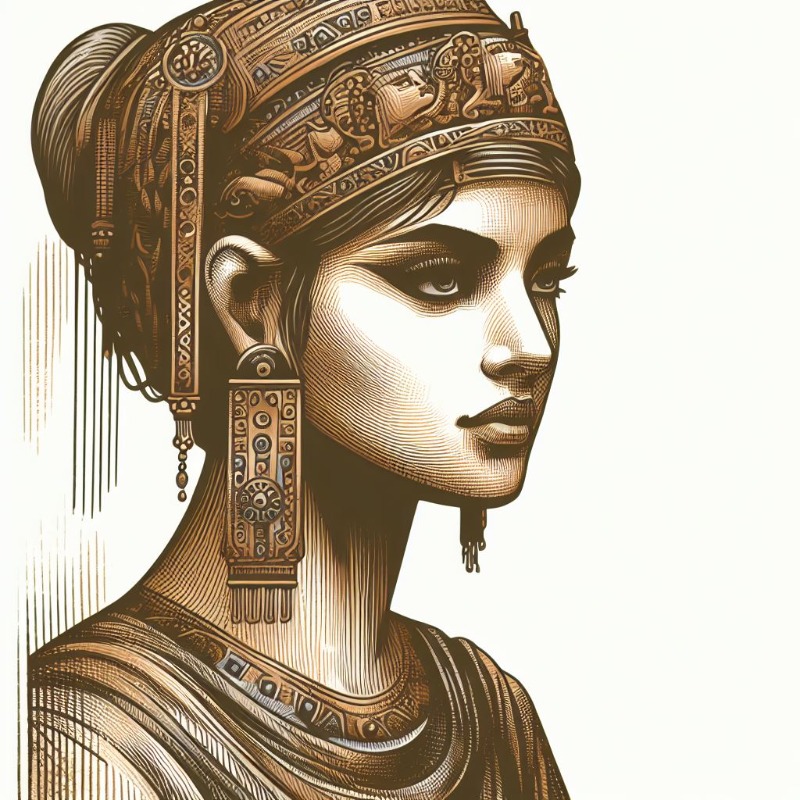
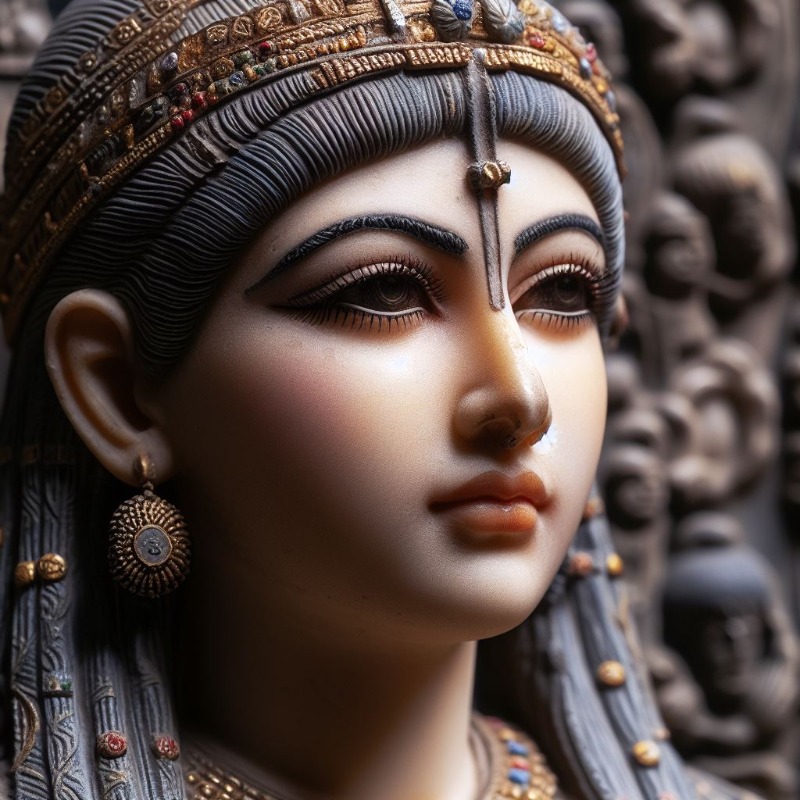
3. Greek and Roman Influence: Beauty as an Art Form
The ancient civilizations of Greece and Rome left an indelible mark on human history, not only through their contributions to art, philosophy, and governance but also in the realm of beauty and cosmetics. The makeup styles of these ancient cultures were more than just an adornment; they were an art form that reflected the values and aesthetics of the times.
Ancient Greek Makeup: A Celebration of Natural Beauty: In ancient Greece, beauty was celebrated, and makeup was used to enhance rather than transform one's appearance. The ideal Greek woman was considered beautiful if she possessed a pale, unblemished complexion. To achieve this look, they used a mixture of white lead and chalk, which was applied to their faces, necks, and arms. This not only lightened their skin but also created a stark contrast with their brightly colored clothing. Eye makeup held a special place in Greek beauty routines. The eyes were accentuated with kohl, a black substance made from ground stibnite, which was believed to protect the eyes from the evil eye. This kohl was applied to both the upper and lower eyelids in a distinctive almond shape, creating a look that is now iconic and often associated with Greek aesthetics.
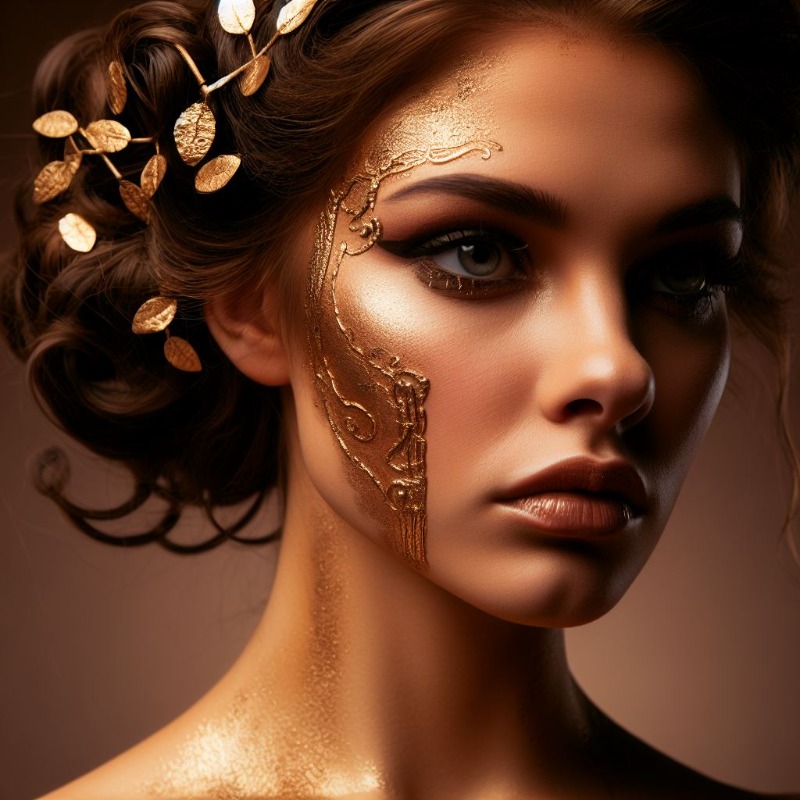

Roman Makeup: A Dash of Opulence: The Romans, who drew inspiration from the Greeks, took makeup to a new level of opulence. They were fascinated by the idea of luxury and indulgence. Makeup was not just a means of enhancing one's natural beauty but a way of displaying one's wealth and social status. Roman women used a white lead-based foundation known as "cerussa" to achieve a pale complexion. This foundation was often mixed with animal fats to create a smooth and glossy texture. In addition to white foundations, they also used rouge made from a blend of natural ingredients to add color to their cheeks, which often ranged from pink to a deep red. Eye makeup remained an important element of Roman beauty. Dark kohl was still popular, but Roman women expanded their color palette to include green and blue eyeshadows, showcasing the diversity of their cosmetics.
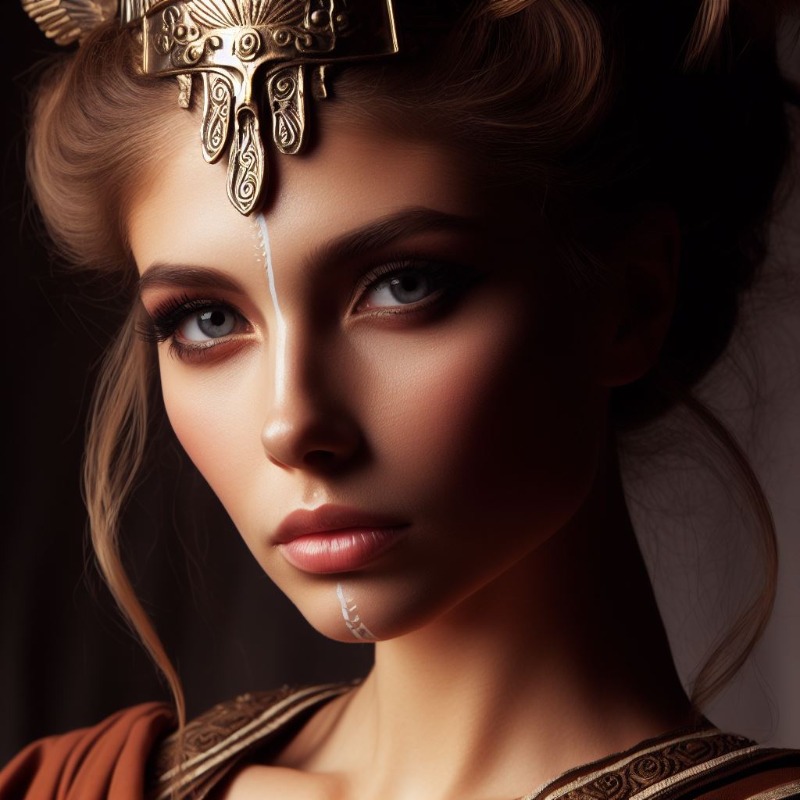
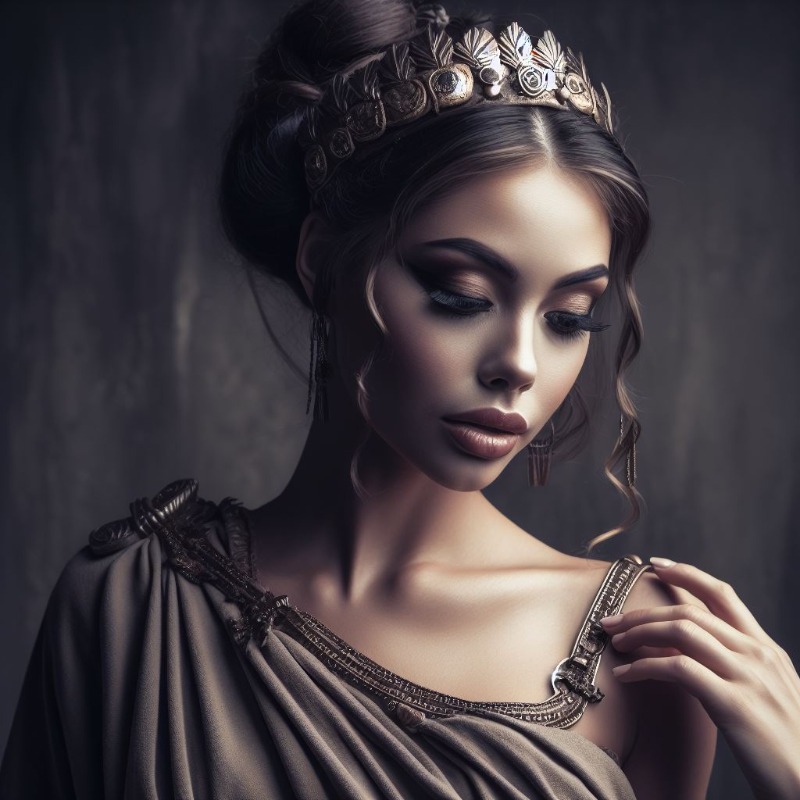
The Legacy of Ancient Greek and Roman Makeup Styles: The makeup styles of ancient Greece and Rome were not only about enhancing one's appearance but also carried cultural significance. They reflected societal norms, values, and ideas about beauty. The natural look of the Greeks, with its emphasis on an unblemished complexion, contrasts sharply with the opulence and luxury that characterized Roman beauty. Today, the legacies of these ancient makeup styles live on. The iconic Greek eye makeup, often seen as a timeless symbol of beauty, continues to inspire modern cosmetics. The Roman preference for luxurious and glossy textures can be seen in contemporary makeup that prioritizes high-quality ingredients and long-lasting wear. In exploring the makeup styles of ancient Greece and Rome, we gain not only insight into the aesthetics of the past but also an appreciation for the enduring influence of these ancient civilizations on modern beauty standards and cosmetics.
4. Medieval Europe: A Dark Age for Cosmetics
In stark contrast to these ancient civilizations, makeup fell out of favor in medieval Europe. The Catholic Church condemned its use, associating it with immodesty and sinful behavior. For centuries, makeup was shunned, and its revival would take time.
5. Renaissance Rediscovery: Pale Skin and Lead-based Paint
The Renaissance in Europe marked the revival of makeup. Pale skin was in vogue, and lead-based cosmetics were used to achieve this look. Queen Elizabeth I of England is renowned for her use of white lead-based face paint, setting the stage for makeup's return to prominence.
6. The 18th Century: Elaborate Styles and Toxic Ingredients
The 18th century was characterized by elaborate hairstyles and wigs, often adorned with flowers and feathers. Makeup, however, still contained toxic substances such as lead and mercury, which had detrimental effects on wearers' health.
7. The Modern Makeup Era: Innovation and Industry
The late 19th and early 20th centuries marked a turning point for makeup. Companies like Max Factor and Maybelline started producing and marketing cosmetics to the masses. The rise of film and photography played a pivotal role in popularizing makeup, making it more accessible and acceptable.
8. Hollywood's Influence: Iconic Looks and Trends
Hollywood, with its glamorous stars like Marilyn Monroe and Audrey Hepburn, greatly influenced beauty standards and makeup trends in the 20th century. Red lipstick and winged eyeliner became iconic looks associated with Hollywood's golden era.
9. The 21st Century: Makeup as an Art Form
Today, the makeup industry has evolved into a multi-billion dollar global business. Social media has transformed makeup into an art form, with influencers and makeup artists showcasing a diverse range of styles and techniques, breaking traditional beauty standards.
10. Conclusion: A Palette of Possibilities
The history of makeup is a journey through time, revealing how cosmetics have been a part of human culture for millennia. Makeup's origins may lie in ancient rituals and spiritual beliefs, but it has since evolved into a form of self-__EXPRESSION__ and creativity, transcending gender and cultural boundaries. As the cosmetic industry continues to innovate, embracing sustainability and ethical practices, makeup remains an ever-evolving and deeply rooted aspect of our shared human experience.
In closing, makeup's journey through history is a testament to its enduring allure and adaptability, proving that the desire to enhance and express our beauty is a timeless and universal facet of human existence.
